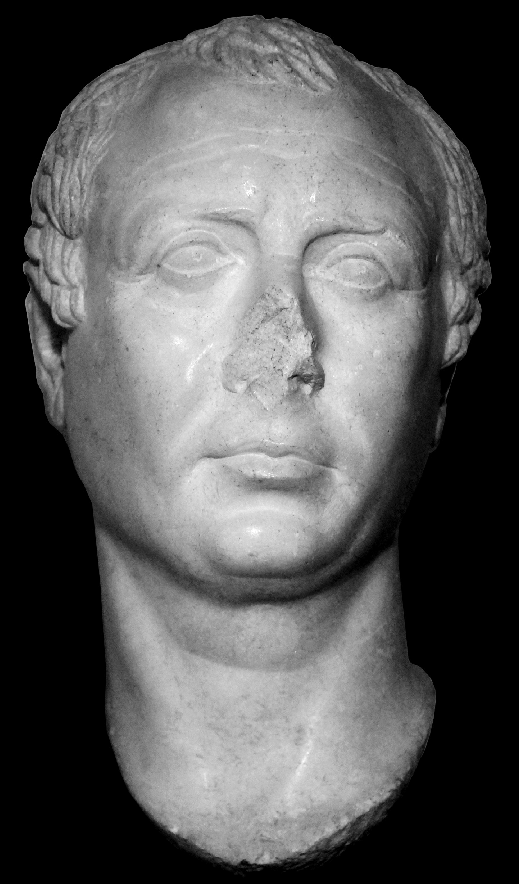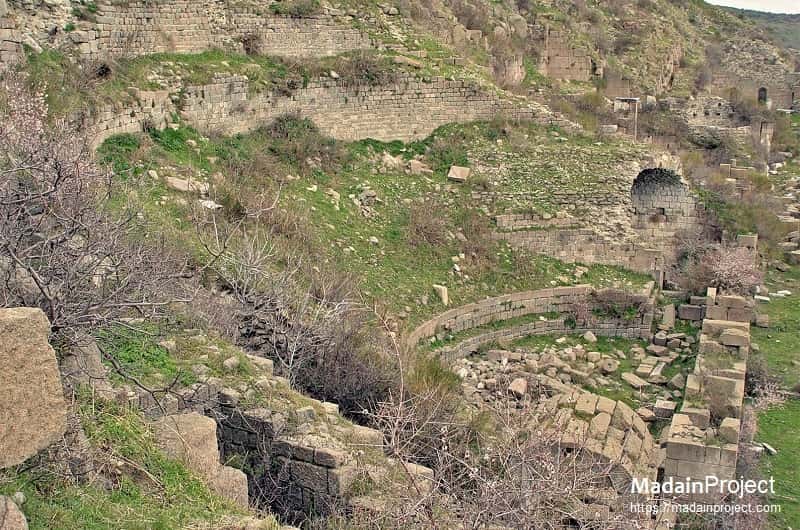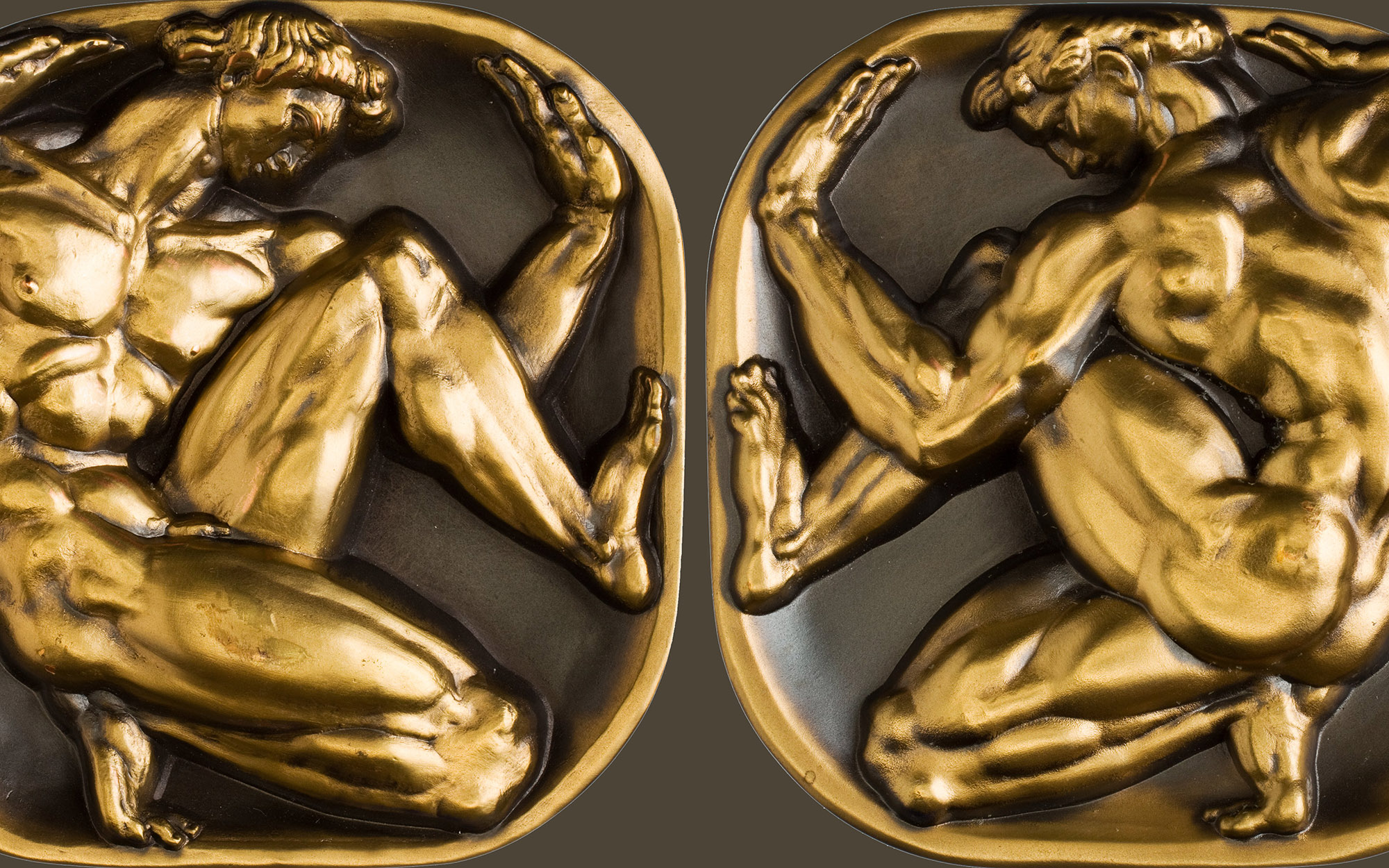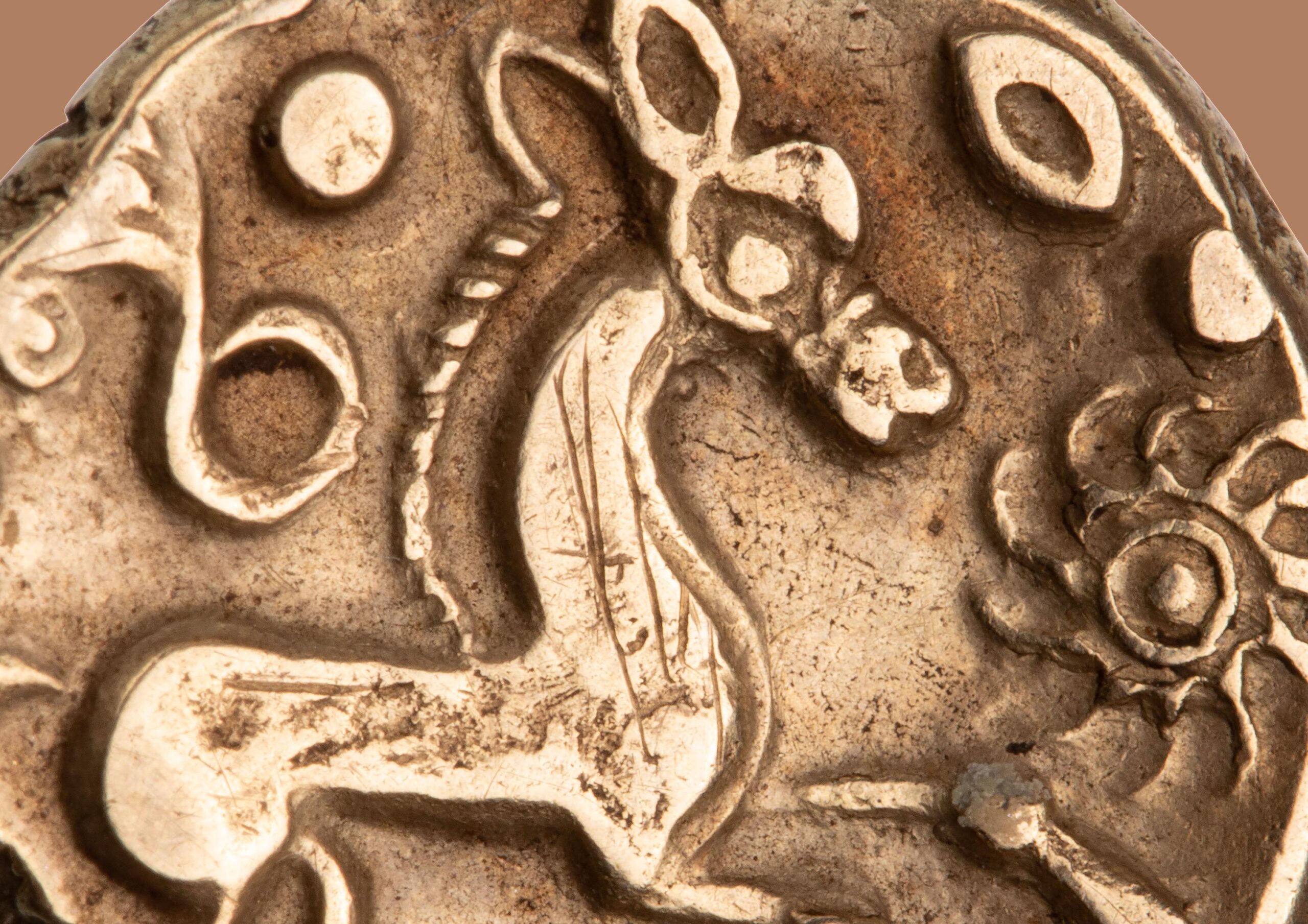Benefactors and Local Coinage: Part I
The assembly, the people and the civic senate honored Moschion son of Moschion, who held the office of archiereus, of grammateus of the city and of gymnasiarch of the city for four months out of his own money, having also paid for the striking and the production of bronze coinage.
(I Magnesia 164, ll. 12-13)


Did cities in the Roman Empire depend upon private funding for the production of their coinage? In this inscription found in the area around the amphitheater of the Carian city of Magnesia on Maeander, Moschion son of Moschion, an important benefactor, is honored because—among several other tasks—“he supervised the production of bronze coinage.” Moreover, he fulfilled his duties, his leitourgiai towards his city, ἐκ τῶν ἰδίων, de pecunia sua, from his own substances. Moschion’s good deeds are directly related to the topic at the core of this series of two blog posts, namely the significance of the so-called male (Part I) and female (Part II) benefactors in the production of civic coinage. Keeping in mind the complexity of the problem, I will here be commenting upon a few cases that may offer elements for further discussion. In most cases, given the fact that the production of provincial coinage ended in the Western Provinces in the first century CE, I will mostly rely on case studies from the Roman East.
In order to address this question—namely, the importance of the so-called benefactors in the production of civic coinage—it appears necessary to spend a few words on the economic significance of benefactors in the economic life of provincial cities in the Roman Empire.

According to Arjan Zuiderhoek, most of the benefactors’ contributions were spent on public buildings, and these contributions increased in the second century CE both in number of donations and in amounts donated (A. Zuiderhoek, The Politics of Munificence in the Roman Empire, pp. 18–19, 55, 77). With the adjustments made necessary by the epigraphic preference for highlighting unusual and glorious deeds, the architectural floruit of Asian cities in the second century CE seems to have been substantially financed by benefactors and not by Imperial or local authorities, as L. Michael White has shown for Ephesus (pp. 52–54).

As Cassius Dio suggests, the emperor Hadrian aided the cities of Asia Minor with “supreme munificence,” providing them with “water supply, harbors, food, public works according to their needs.” At the same time, epigraphic evidence indicates that several of these costs were actually carried by local notables. The increase of such contributions could certainly have been caused by the need for social recognition on the part of the civic elite—both within the civic community and in the eyes of the Roman authority—but it must have also met a specific need of the civic community.
As proposed by John Ma (Statues and cities, pp. 291–303), honorific statues—and we might add private benefaction in general—do not necessarily pertain to “a narrative about elite take-over, but to a constant give-and-take between community control and elite affirmation (with the further complication of relating to powerful outsiders like the Romans).” Honorific statues and private donations thus contribute to the expression of a common identity of the civic community, a sort of “public identity” that is only understandable within the frame of Roman dominion. At the same time, it is difficult not to imagine some sort of correlation between the increase in benefactors’ contributions and the economic needs of the cities.

For example, the first century BCE, with the Mithridatic Wars and the consequences of Sulla’s extraordinary taxation, saw a marked increase in indebtedness on the part of cities that were as a consequence forced to mortgage their public buildings (Appian, Mithridatic Wars 9. 63). Asian cities, forced to issue larger issues of currency in order to pay the taxes imposed by Sulla, had to resort to influential benefactors like Diodoros Pasparos in Pergamum in order to rebuild some of their damaged buildings and, moreover, had to ask for the remission of part of their debt.

In the same years, the restoration of public buildings in Ephesus seems to have been entirely due to the generosity of private donors, as suggested by Fig. 4.

In the Italian city of Paestum, Mineia, a well-attested benefactress of Paestum, financed the construction of several temples and rebuilt Paestum’s basilica, while also (presumably)striking coins bearing her name. The similarities between the hairstyle of the woman depicted on the obverse (presumably Mineia) and Livia’s posit that these coins should probably be dated around 15 BCE (N. Elkins, Monuments in Miniature, p. 159).

The building represented on these coins had been quite certainly paid for by Mineia, which is attested in several other inscriptions from the city.

There was thus a very close relationship between benefactors and public buildings. The same seems true for the civic coinage. In the city of Paestum, bronze coinage was struck only as it was commissioned by private citizens for public distributions. Several coin types from Paestum bore the legend SP DD SS MIL, which Michael Crawford interpreted as S(ua) P{ecunia) D{ono) D{edit) S{enatus) S{ententia) MIL(ia) or MIL(iens), which could be translated as “ He/She gave it as a gift of […]thousands of sestertii for decree of the Senate.”

The private funding of local bronze coinage did not aim only at the self-promotion of the individual who funded it, but of course brought a considerable economic advantage to the city. The funding of at least part of the civic coinage at the hands of private citizens is made certain by formulas such as ΕΧΑΡΑ(ΞΕΝ), literally ‘minted’ on the coins of the Lydian city of Tripolis in the Trajanean Age.
In the second century CE, the aforementioned Moschion was honored by the city of Magnesia on the Maeander because he ‘superintended to the minting of bronze coinage.’ That he actually paid for the production of the coinage is made extremely probable by the presence of ἐκ τῶν ἰδίων, de pecunia sua, referring to the magistracies within which the coinage was produced.

ΑΝΕΘΗΚΕΝ is another formula probably related to the private funding of coinage, as shown for example by an issue of the first century CE from the Carian city of Mylasa.

As suggested by Robert Bennett building on previous studies, alternative formulas indicating the private funding of local bronze issues could be ἐπιμεληθήντος, προνοηθήντος, ψηφισαμένου and εἰσανγελαίντος.

Financing the production of civic coinage should therefore be seen as part of the services, the leitourgiai offered to the cities by members of local elites. There are several examples of individuals honored in civic decrees whose names also appear on civic coinages.

A votive inscription from the Phrygian city of Hierapolis contains a dedication to the Emperor Tiberius at the hand of a certain Hikesios Kokos son of Pollis, here defined as φιλόπατρις καὶ εὐσεβής, “lover of the country and pious.” The dedicatee is responsible for funding at least one of the columns of the peristasis of the great naos of Apollo in the city. In the inscription Hikesios is presented as τέκνον/ υἱὸς πόλεως, literally “a son of the city,” usually referred to individuals whose benefactions toward the civic community were so great that they were publicly adopted. Hikesios Kokos was then a major benefactor of the city, as shown by the titles he had been awarded.


His manifold benefactions toward the city seem to be confirmed by two Late Augustan issues from the same city, where a certain ΚΩΚΟΣ ΠΟΛΛΙΔΟΣ ΦΙΛ (?) is named. The integration φιλόπατρις stated by RPC I fits well with the title by which Hikesios Kokos is referred to in the aforementioned inscription. Only ten years separate these monetary issues from the dedication to Tiberius, making it very likely that the individuals mentioned in the dedication and on these coins were identical (or at least belonged to the same family). The financing and/or supervision of coin production and public buildings were thus two aspects of the multifaceted and widespread euergetism practiced in the cities of Asia Minor in the early imperial Age.

In the Julio-Claudian age another case of the identification of a well-known benefactor as the signatory of a coin issue (in this case a silver one) is that of Antiochus IV, king of Commagene (38–72 CE), whose benefactions toward the island of Chios are well attested. In one of these inscriptions, he appears as the donor of the incredibly high amount of τάλαντα δεκαπέντε, “fifteen talents” of silver.

Part of this significant donation must have been intended for the production of the silver autonomous coins issued by the island in the same years, which bear the reverse legend ΒΑΣΙΛΕΩΣ ΑΝΤΙΟΧΟΥ ΔΩΡΟΝ, “gift of king Antiochus.”
The examples presented up to now hypothesize that a potentially significant part of the coinage issued by cities beginning in the first century BCE was funded by benefactors. On the other hand, in his important article “The cities and their money” Peter Weiss argues that, while formulas like ἀνέθηκε, ἐπιμεληθήντος, προνοηθήντος, ψηφισαμένου and εἰσανγελαίντος could have been privately funded, most civic issues would have relied on public funds.


Public funding is explicitly mentioned on a few instances of civic coinage in the West, however, while there are no such mentions on coins in the East.
In sum, since no inscription in the East unambiguously states that civic coinage was produced at public expense, any attempt to quantify the proportions between private and publicly funded coinages is futile. However, as put forward by Sviatoslav Dmtriev, as early as the second century BCE the balance of epigraphic evidence indicates that civic magistrates increasingly used their own resources to meet the expenses incurred by their offices, thus blurring the distinction between the holding of civic offices and the fulfilment of expensive liturgies (pp. 34–39). Moreover, there is a striking correspondence between the increase in privately funded public buildings and the number of private benefactors that appear on coins, as already noted. Finally, while absolute certainty about the significance of private funding in the production of coinage is not possible, it seems likely that it was non-negligible already in the first centuries BCE, and became increasingly important in the following centuries. The related increase in the private funding of building construction offers a further clue in that direction.




